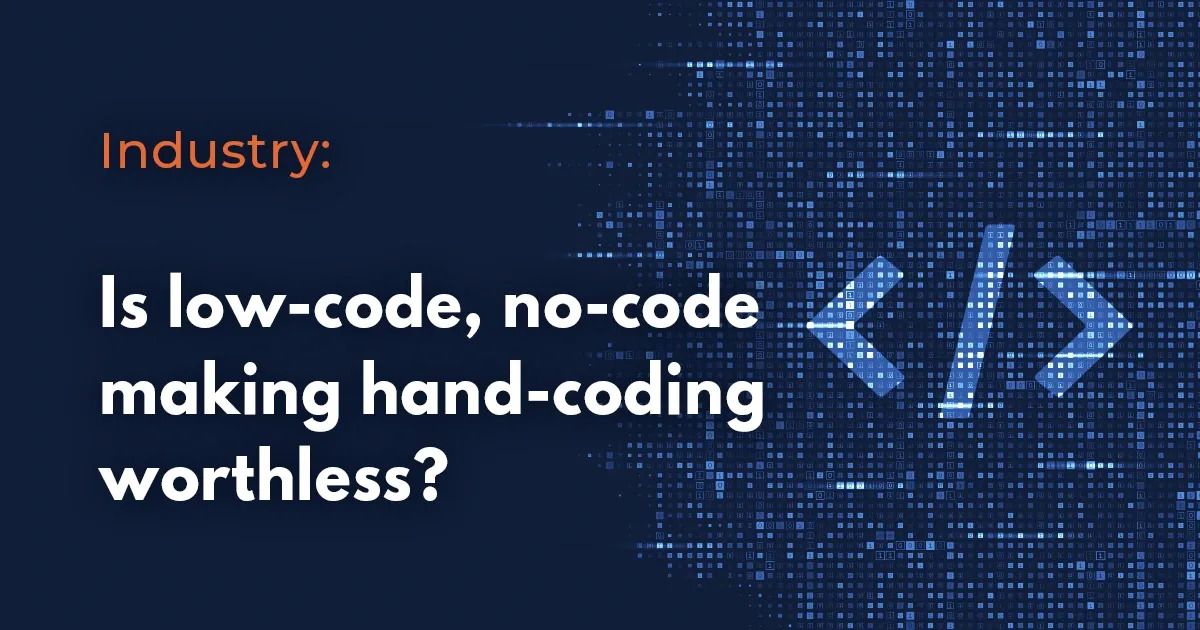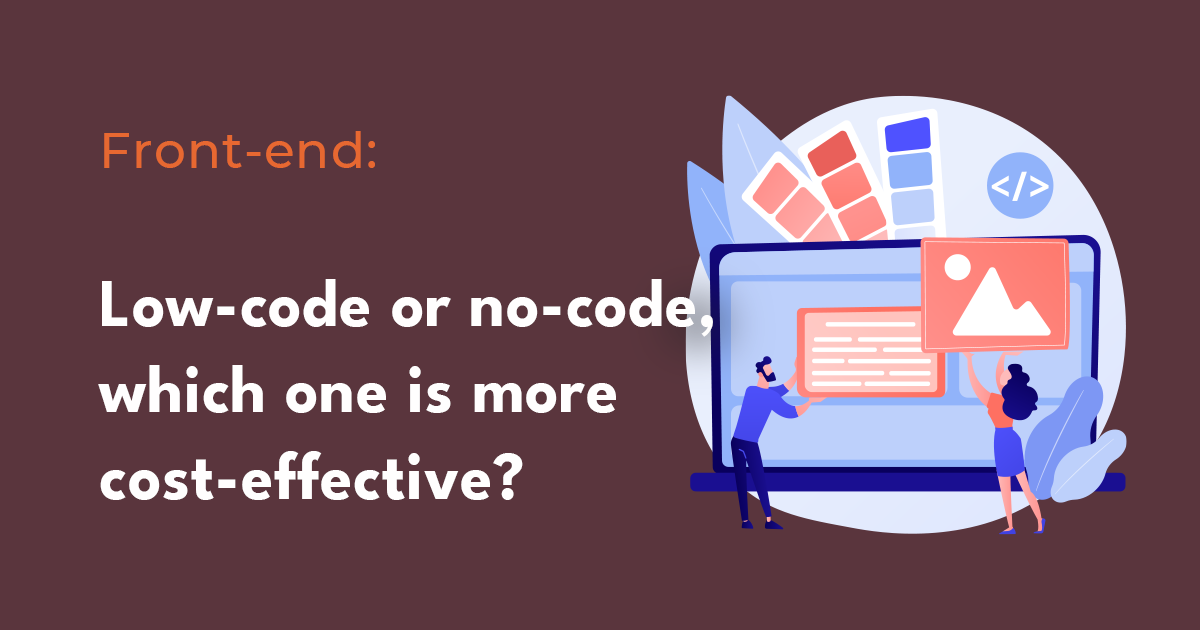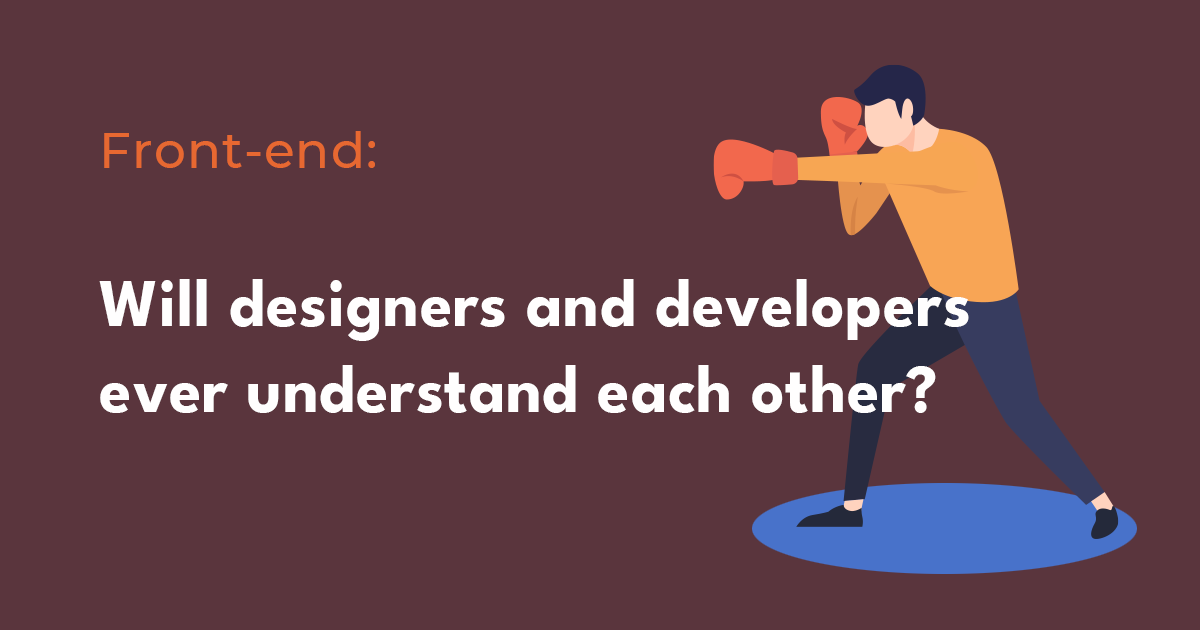FUNCTION12 helps front-end developers to produce developer-level codes by importing a design file.
Low-code and no-code is a development wave that allows various individuals and organizations with or without coding knowledge to easily build a website or application.
Which one is better, Low-code or No-code?
When planning and building a system, most businesses have the following options: have a developer build the system from scratch or adopt a low-code or no-code system. However, before deciding on which system to adapt, it’s important to understand the difference between low-code and no-code. Although they sound similar, the technologies are significantly different.
No-code
Like the name itself, no-code is a system or platform that does not require coding knowledge or a developer of any coding skills. Such platforms offer a drag-and-drop interface to build websites or applications. It’s effective in cost and time for those who wish to create a simple platform, like a business owner who wants to build their own online shop, since hiring a developer for such a project would be costly compared to a no-code system.
Low-code
Like the no-code system, low-code also helps with developing a system. However, the main difference is that low-code development requires coding knowledge when building and maintaining the system. When building a system in low code, codes can be automated and the developer can add, and edit the codes according to their needs.
So, it’s difficult to designate which is better between low-code and no-code since it is developed for very two different audiences.
You can check out more about low-code, no-code, and coding from this post:

So which one should I choose?
Who should choose no-code
No-code system is recommended for business owners or teams who do not have developers to build a system from scratch, or in other words, a citizen developer. Because such platforms usually provide a drag-and-drop system, building a system without any coding skills is possible. The no-code platform is also popular for teams like marketing or design when need to build analytics or prototype, but does not have an understanding of programming.
However, it’s important to be reminded that no-code builders lack customization. All options that can be added to build a website or application are provided to select and compose, but any further customization will be unavailable. Therefore, it’s important to know to keep a list of features you are looking for and make a thorough comparison among the many low-code services.
Who should choose low-code
Low-code development is for teams or individual developers who wished to speed up and automate their coding tasks. Although it’s common to code from scratch, there are also redundant codes that can be easily automated. Such automation is a great efficiency boost for developers since repetitions of hand-coding are reduced and the remaining energy can be focused on other priorities. It’s also cost and time-efficient for the organization since products can be built and released faster.
As an example of low-code development, FUNCTION12 helps front-end developers with design-to-code, where automated codes are produced by importing a design file.
Conclusion
Low-code, no-code, and writing codes from scratch all have their pros and cons. Therefore, it’s important to know the features you are looking for and check if the platform can support the system you are trying to build.
Related Post










